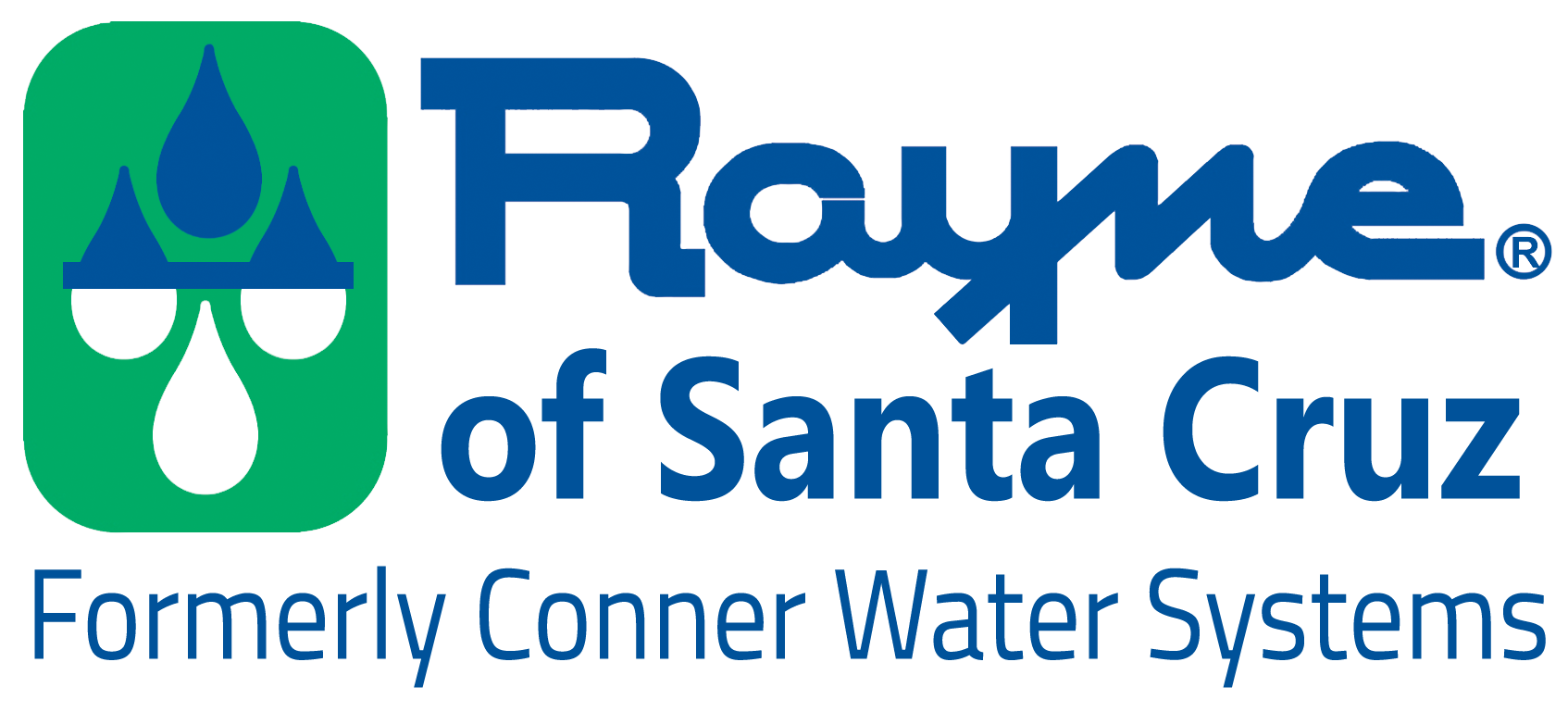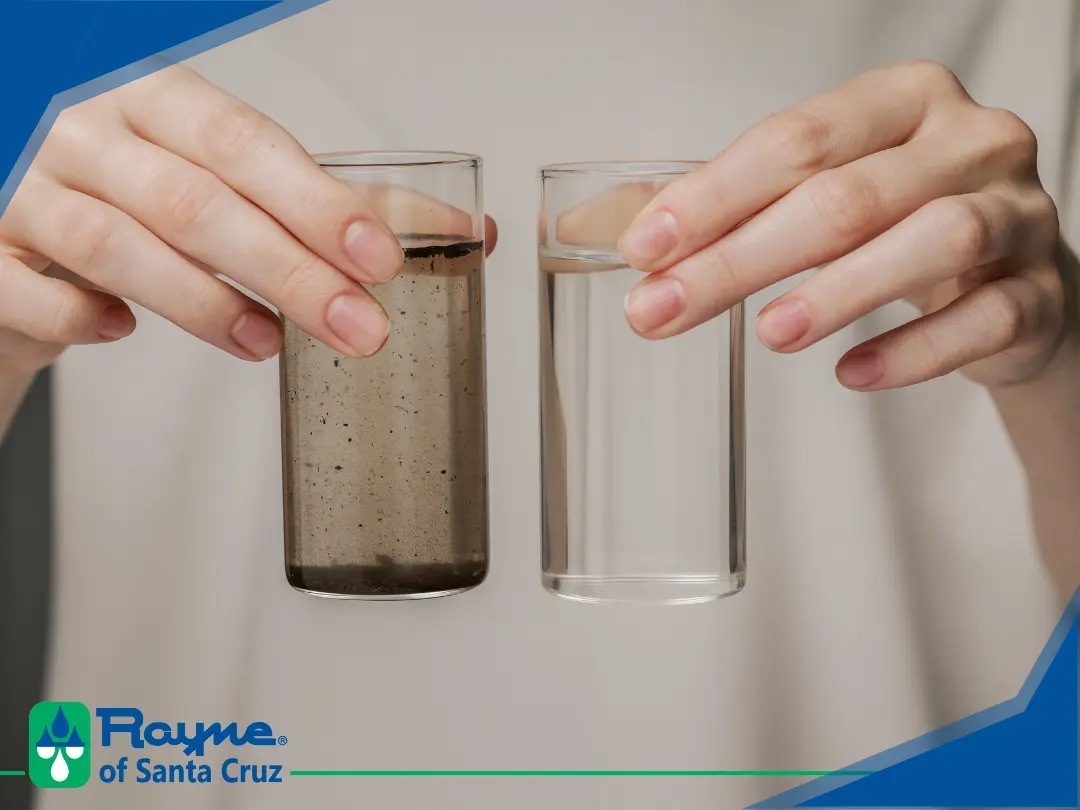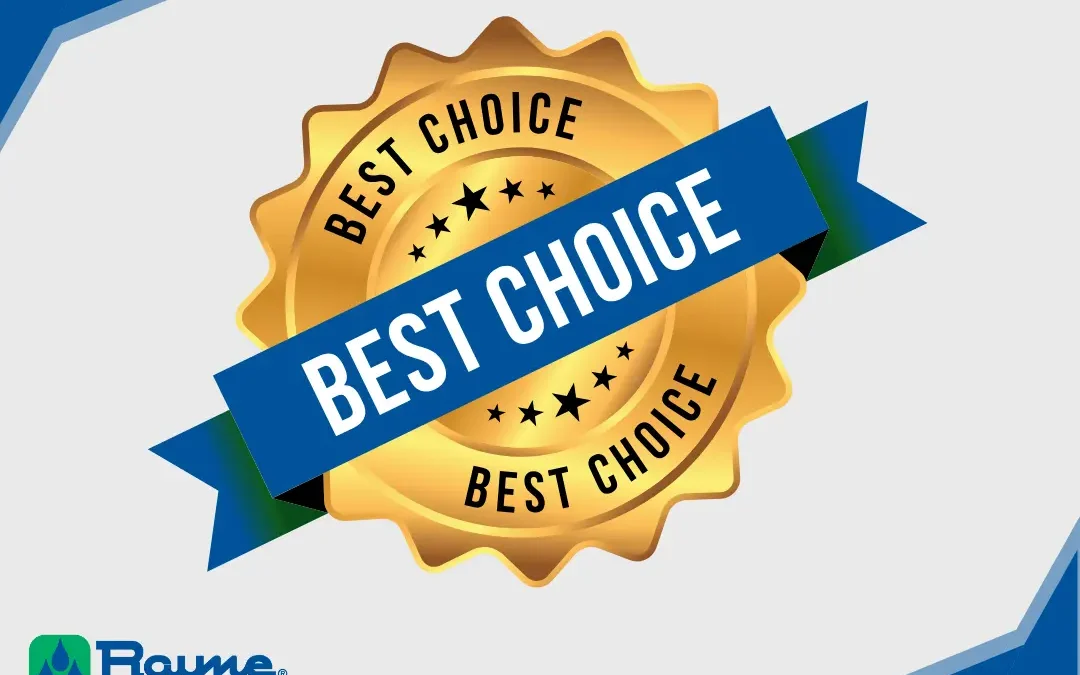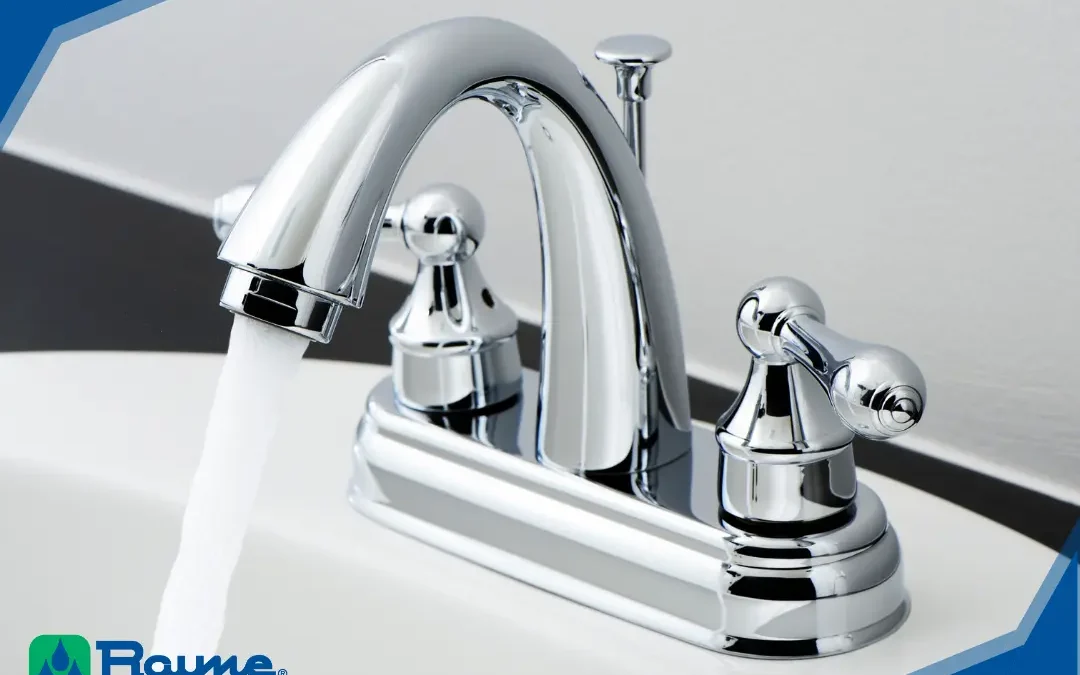In September 2025, the Environmental Working Group (EWG) released an updated interactive map showing that nearly 100 million Americans are drinking contaminated water — water containing hexavalent chromium (chromium-6) at levels that exceed the EWG’s own health guidelines.
What makes this concerning is that the water isn’t contaminated with chromium-6 alone. In several areas, it co-occurs with other pollutants like arsenic or nitrate, compounding the health risks.
For many Americans, this is a wake-up call. If you get your water from a private well, you may not know what’s in your water. Or for city-dwellers, just because your municipal water is tested, that doesn’t mean it’s always completely safe. Many common water contaminants can’t be seen, tasted, or smelled, so they often go unnoticed.
Here, we’ll take a closer look at how drinking contaminated water could impact your health. Then, we’ll explain why municipal water testing doesn’t always guarantee safe water and show you how you can protect your own water quality.
Why Drinking Contaminated Water Is More Dangerous Than You Might Think
Chromium-6: A Well-Studied Contaminant
Chromium-6 (hexavalent chromium) is a known carcinogen when ingested in drinking water, based on animal studies that showed tumors in the digestive tract. Chronic exposure may also harm the liver, kidneys, and reproductive system, and may pose greater risks to infants, children, or people with weakened health.
The EWG notes that over 75% of water systems tested have detected chromium-6, affecting more than two-thirds of the U.S. population. In addition, there is no federal maximum contaminant level (MCL) specifically for chromium-6. Instead, chromium is regulated as “total chromium,” which blends chromium-3 (less toxic) and chromium-6.
Why We Can’t Just Rely on Municipal Water Testing to Prevent Drinking Contaminated Water
- Testing doesn’t catch everything, or measure water safety all the time. Municipal water systems are required to sample water periodically, but not continuously, and often only test for regulated contaminants. Many emerging or less-regulated substances slip through.
- Many common water contaminants are invisible threats. Contaminants like chromium-6, PFAS, lead, microbial pathogens, or agricultural run-off chemicals often have no taste, smell, or color. You might never even suspect they’re present.
- Standards often lag behind science. Legal limits tend to be compromises balancing cost, engineering feasibility, and regulatory processes. Some health advocates argue that current limits are not protective enough, especially for vulnerable populations.
- Source differences matter. Whether your water comes from a large municipal system, a small community utility, or a private well, the risks and gaps in safety are different. Small systems sometimes have fewer resources for advanced treatment or frequent testing.
So, when it comes to drinking contaminated water, it’s often not a question of whether your water is contaminated. Instead, it’s often about how much and which contaminants you’re ingesting.
How to Protect Your Family From Contaminated Drinking Water
The reality is that YOU are your last line of defense. The best way to ensure your household’s drinking water is safe is to install a high-quality drinking water treatment system tailored to the contaminants of concern.
What to Look for in a Home Drinking Water System
- Contaminant-specific performance – Choose systems rated for the specific pollutants in your area (e.g. chromium-6, arsenic, nitrates, lead, PFAS).
- Multi-contaminant capability – Because many water supplies have mixed pollutants, systems that can treat several classes (metals, organics, nitrates) are ideal.
- Certification and testing – Look for certifications (e.g. NSF/ANSI standards) and third-party testing to back performance claims.
- Appropriate flow, capacity and maintenance – The system must handle the volume your household uses, and it should be easy to maintain (filter changes, cleaning).
- Suitability for your water source – The system must match whether you draw from municipal (treated) water or a private well (which may have different challenges, such as bacteria, iron, hardness, or high mineral load).
At Rayne of Santa Cruz, we offer customized drinking water systems designed for both city (municipal) water customers and private well users:
- Our city water drinking water systems are engineered to add a protective layer beyond what municipal treatment provides.
- Our well water drinking water systems tackle the unique challenges of private wells, including mineral content, microbial concerns, and more.
Whether your water comes from the city or your own well, we can design a system that complements your supply rather than duplicating or over-engineering.
How to Decide Which Water Treatment System is Best for Your Home
- Get your water tested. It’s impossible to choose the right system if you don’t know what you need to treat. At Rayne of Santa Cruz, we offer free basic water testing so you don’t have to guess what’s in your water supply.
- Match the system type to your needs. Once you know what’s in your water, and in what concentrations, you can choose technology that will deliver the safety you want.
- Consult with a professional. Because water chemistry, household demand, and budget constraints vary, having an expert help you choose your system ensures you get the most cost-effective solution that meets your needs.
- Monitor and maintain. Even the best system needs care, so don’t forget about periodic filter changes and maintenance checks.
The bottom line is that you don’t have to wait for local, state, or federal agencies to fix the water quality in your area. Instead, you can take control of your own household’s water with the right water treatment system.
At Rayne of Santa Cruz, we help homeowners with both city water and private wells get safe, clean drinking water. Contact us today to explore your options because your family deserves to drink water you can trust!















